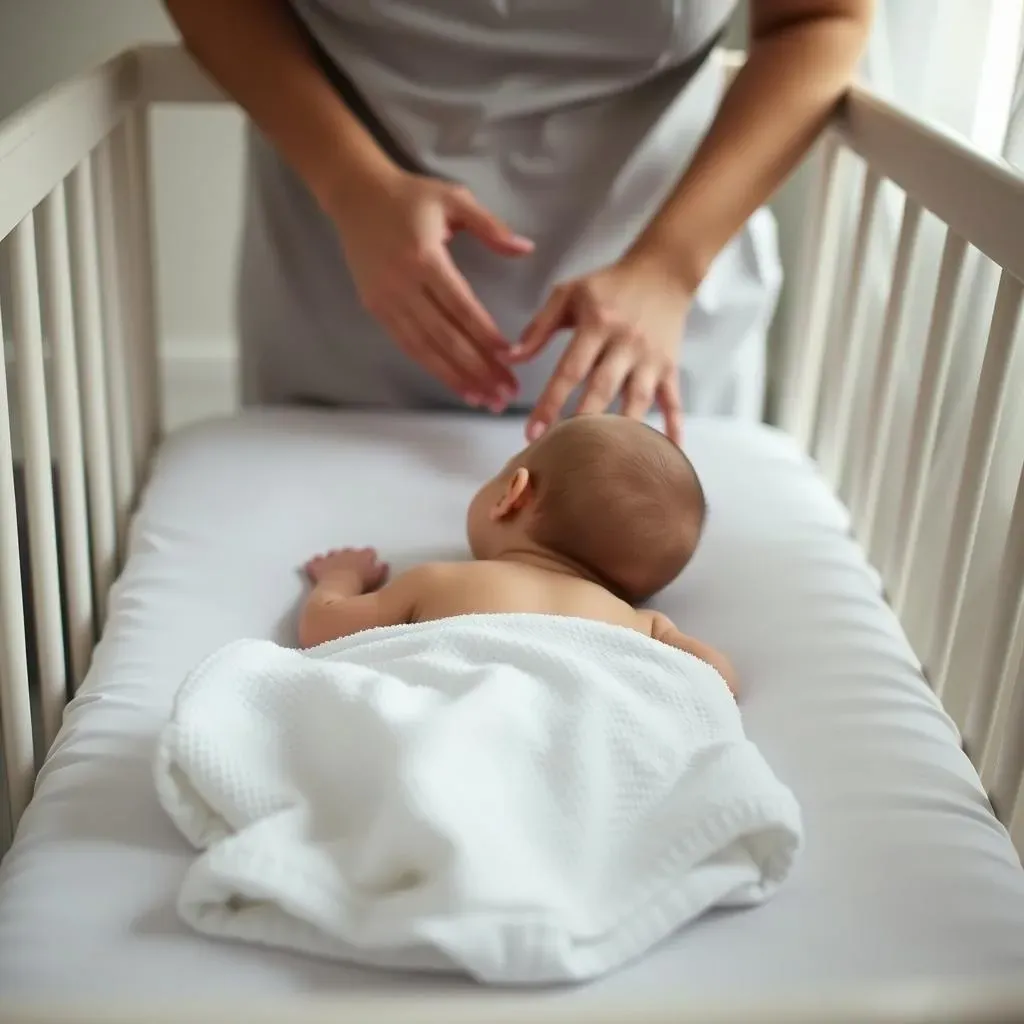Table of Contents
As a parent, you're constantly seeking ways to ensure your baby's comfort and safety, especially during sleep. You might have heard about using a towel to help your little one sleep better, perhaps rolled up for support or placed beneath the crib sheet. But is this practice safe? The question of "can a baby sleep on a towel" is a common one, filled with concerns about suffocation, SIDS, and proper spinal alignment. This article dives deep into the potential risks and benefits, separating fact from fiction, so you can make informed decisions about your baby's sleep environment.
Is It Safe for a Baby to Sleep on a Towel? Understanding the Risks
Is It Safe for a Baby to Sleep on a Towel? Understanding the Risks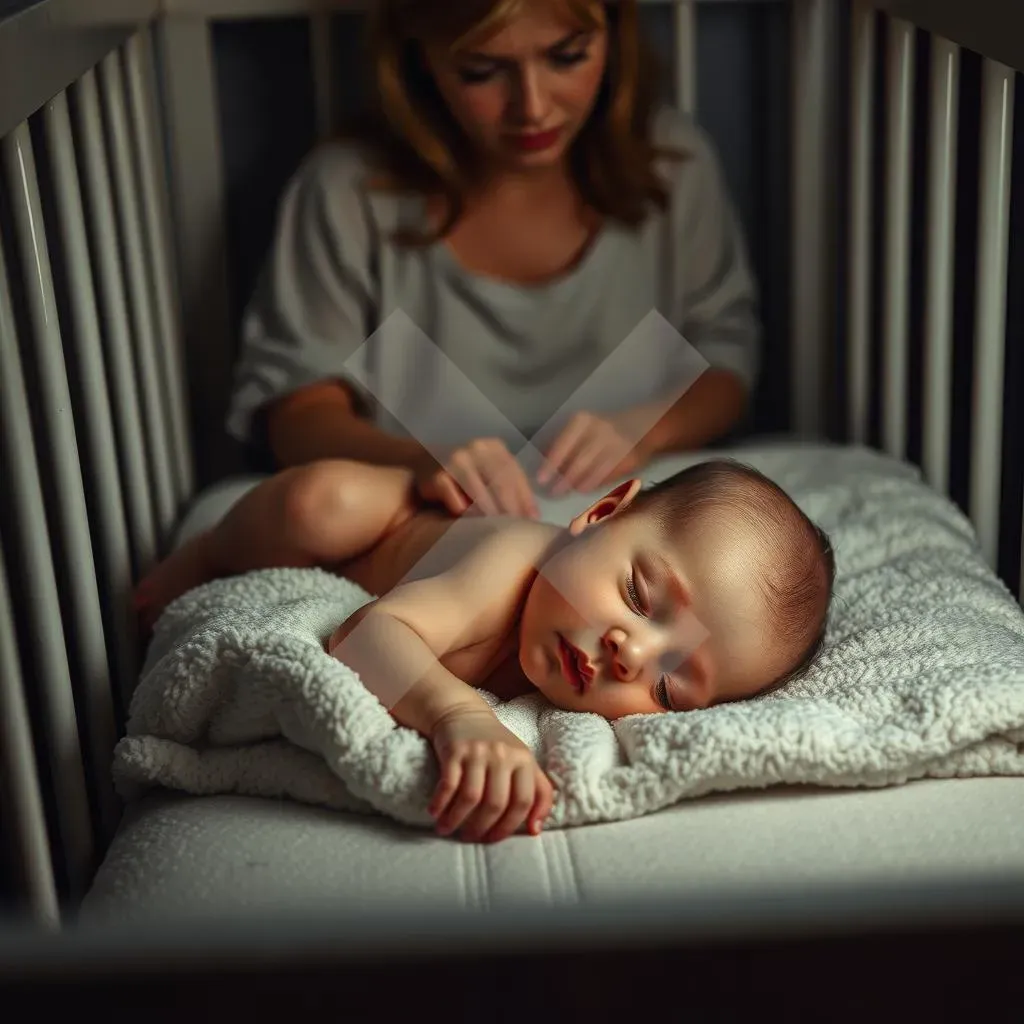
When it comes to infant sleep safety, erring on the side of caution is always the best approach. The question, "Is It Safe for a Baby to Sleep on a Towel? Understanding the Risks," isn't just a matter of comfort; it's about potentially life-threatening hazards. Experts universally advise against placing any soft objects, including loose blankets, pillows, bumpers, and yes, towels, in a baby's crib. These items pose a suffocation risk, as a baby could potentially roll over and have their face pressed against the soft material, obstructing their breathing.
Beyond suffocation, there's also the risk of re-breathing exhaled air, which contains higher levels of carbon dioxide and lower levels of oxygen. A towel, especially if bunched up, can create a pocket that traps exhaled air, increasing this risk. The American Academy of Pediatrics (AAP) has clear guidelines on safe sleep environments, emphasizing a firm, flat surface with only a fitted sheet. Deviating from these recommendations, even with good intentions, can significantly increase the risk of Sudden Infant Death Syndrome (SIDS) and other sleep-related deaths.
Consider the texture of a towel as well. While seemingly soft, the looped fibers can potentially snag on a baby's fingers or toes, causing discomfort or even restricting circulation. Furthermore, towels can bunch up easily, creating uneven surfaces that might not provide the necessary support for a baby's developing spine. Remember, a baby's sleep environment should be as simple and uncluttered as possible, minimizing any potential hazards.
Think about it: those cute photos you see online of babies nestled in what looks like a cozy, pillow-filled crib? Those are often staged for the photo and are definitely *not* representative of a safe sleep environment. I know it's tempting to create a Pinterest-worthy nursery, but your baby's safety trumps aesthetics every single time. Let's move on to exploring safer alternatives that provide both comfort and peace of mind, because a well-rested parent is just as important as a well-rested baby!
Risk Factor | Potential Consequence |
|---|---|
Suffocation | Obstruction of baby's airway |
Re-breathing exhaled air | Increased carbon dioxide levels, decreased oxygen |
Uneven surface | Potential discomfort and lack of spinal support |
Fiber snagging | Discomfort or restricted circulation |
Safe Sleep Alternatives: Creating a Secure Sleep Environment for Your Baby
Safe Sleep Alternatives: Creating a Secure Sleep Environment for Your Baby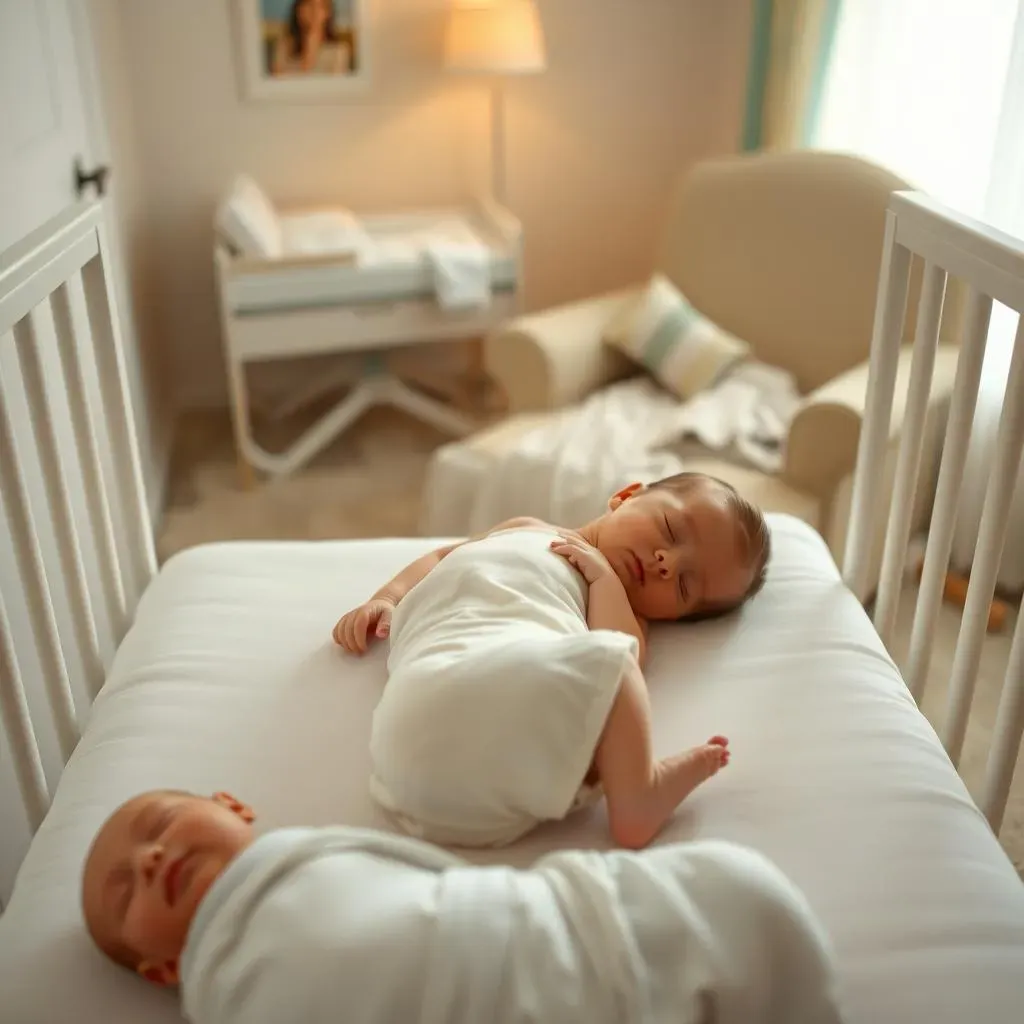
The Bare Necessities: Fitted Sheet and Firm Mattress
so we've established that towels and other soft items are a no-go in the crib. But what *should* you use? The foundation of a safe sleep environment is surprisingly simple: a firm mattress and a fitted sheet. That's it. The mattress should fit snugly in the crib, with no gaps around the edges where a baby could get trapped. The fitted sheet should be designed specifically for crib mattresses and fit tightly, without any looseness that could pose a suffocation risk. Think of it as minimalist chic, but for baby safety.
Choosing the right mattress can feel overwhelming with all the options out there. Look for mattresses labeled as "firm" and made from materials that are breathable and hypoallergenic. Avoid mattresses with soft padding or pillow tops, as these can create an unsafe sleep surface. And remember, a waterproof mattress protector underneath the fitted sheet is a lifesaver for those inevitable diaper leaks and spit-up incidents. Trust me, you'll thank me later.
Swaddling and Sleep Sacks: Snug as a Bug (Safely!)
Many babies crave the feeling of being held and secure, especially in those early weeks. Swaddling and sleep sacks are fantastic alternatives to loose blankets that can provide that sense of comfort without the suffocation risk. Swaddling involves wrapping your baby snugly in a thin blanket, mimicking the feeling of being in the womb. However, it's crucial to swaddle correctly to avoid hip dysplasia. Make sure the swaddle isn't too tight around the hips, allowing for free movement of the legs.
Sleep sacks, also known as wearable blankets, are another excellent option. These are basically sleeveless sleeping bags that allow your baby to move their arms and legs freely while still keeping them warm and secure. Look for sleep sacks that are the right size for your baby and made from breathable materials like cotton or muslin. Avoid sleep sacks with hoods or drawstrings, as these can pose a safety hazard. Once your baby starts showing signs of rolling over (usually around 2-3 months), it's time to ditch the swaddle and switch to a sleep sack to allow for free arm movement.
Room Sharing: Keeping Baby Close (But Not *Too* Close)
The American Academy of Pediatrics recommends room sharing – having your baby sleep in the same room as you (but not in the same bed) – for at least the first six months, ideally for the first year. Room sharing has been shown to decrease the risk of SIDS by as much as 50%. It also makes nighttime feedings and comforting easier, which is a win-win for both you and your baby. But remember, room sharing is *not* the same as bed-sharing. Bed-sharing, also known as co-sleeping, significantly increases the risk of SIDS and is not recommended, especially for babies under six months.
Set up your baby's crib, bassinet, or play yard in your bedroom, close to your bed. This allows you to easily monitor your baby throughout the night and respond quickly to their needs. You can also use a baby monitor to keep an eye (and ear) on your little one. And while it's tempting to bring your baby into your bed for a quick cuddle or feeding, always return them to their own safe sleep space afterward. Trust me, those middle-of-the-night snuggles are precious, but your baby's safety is paramount.
Safe Sleep Alternative | Benefits | Important Considerations |
|---|---|---|
Fitted Sheet and Firm Mattress | Provides a safe and supportive sleep surface | Ensure mattress fits snugly in crib; avoid soft padding |
Swaddling (until baby rolls over) | Mimics womb environment; soothes and promotes sleep | Swaddle correctly to avoid hip dysplasia; discontinue once baby rolls over |
Sleep Sacks | Keeps baby warm and secure without loose blankets | Choose the right size; avoid hoods or drawstrings |
Room Sharing | Reduces SIDS risk; facilitates nighttime feedings | Baby sleeps in their own crib or bassinet, not in the same bed |
The Rolled Towel Technique: When Is It Acceptable and How to Do It Safely?
The Rolled Towel Technique: When Is It Acceptable and How to Do It Safely?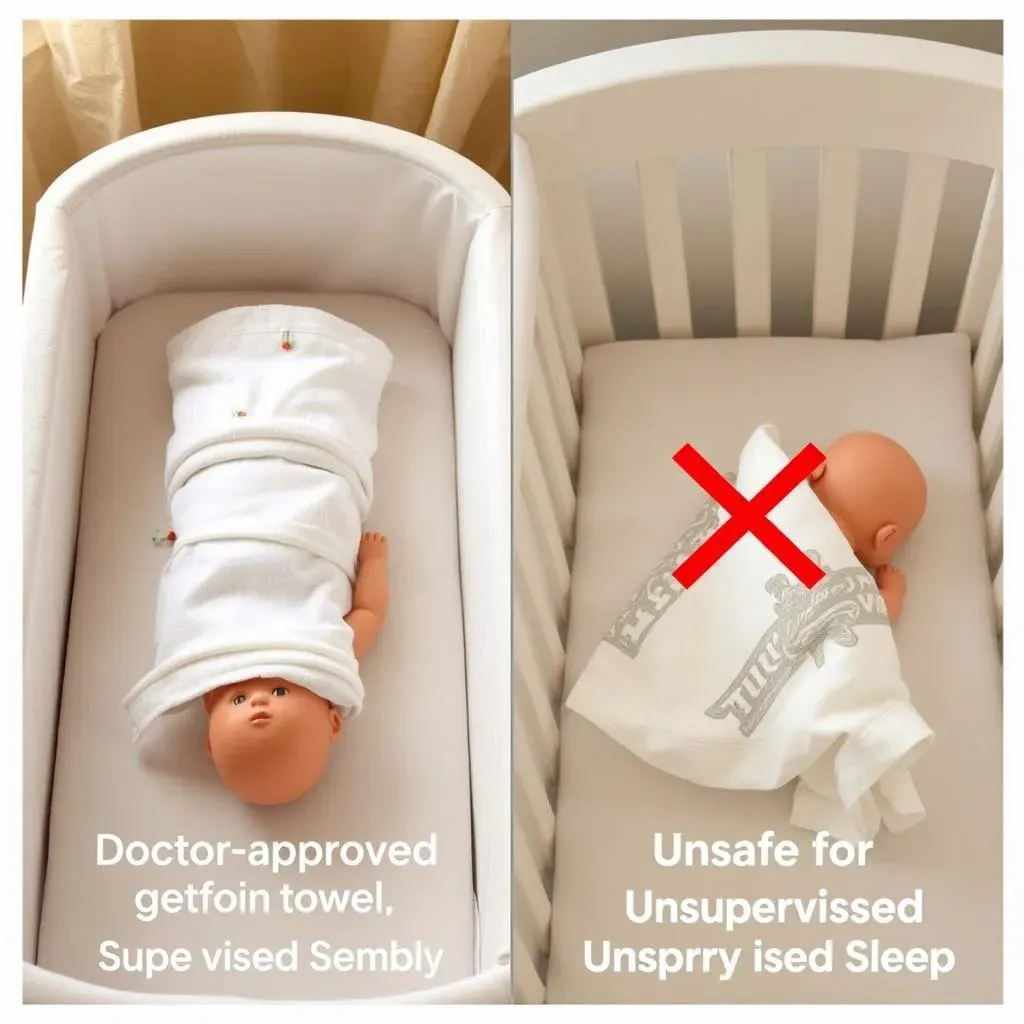
so we've covered the no-nos of putting loose towels *in* the crib. But what about the "rolled towel technique" that you see floating around on parenting forums? This involves rolling up a towel and placing it *around* the baby to provide a sense of security or to help with specific issues like reflux. Now, this is where things get a little nuanced, and it's crucial to understand the guidelines before even considering this approach. The general rule is that this technique is not recommended for unsupervised sleep, especially for newborns. The risk of the baby wriggling free and becoming entangled in the towel is simply too high.
However, there *might* be specific situations where a pediatrician or other qualified healthcare professional recommends the rolled towel technique under very controlled circumstances. For example, a doctor might suggest it for a baby with severe reflux who needs to be slightly elevated during supervised naps. In these cases, the towel should be rolled firmly and placed *outside* the baby's sleep area, creating a gentle wedge to elevate the head and torso. The baby should be closely monitored at all times, and the towel should be removed as soon as the supervised nap is over. This is not a DIY situation; it requires professional guidance.
And even if a healthcare professional gives the green light, there are still strict safety precautions to follow. The towel should be clean, dry, and made from a breathable material like cotton. It should be rolled tightly and secured in place to prevent it from unraveling or shifting during sleep. The baby should be placed on their back, with their head and torso slightly elevated. Never place the towel directly under the baby's head or neck, as this can restrict their airway. And again, constant supervision is key. If you're even slightly unsure about how to do it safely, don't do it. It's simply not worth the risk.
Expert Opinions: What Pediatricians and Sleep Specialists Say About Babies Sleeping on Towels
Expert Opinions: What Pediatricians and Sleep Specialists Say About Babies Sleeping on Towels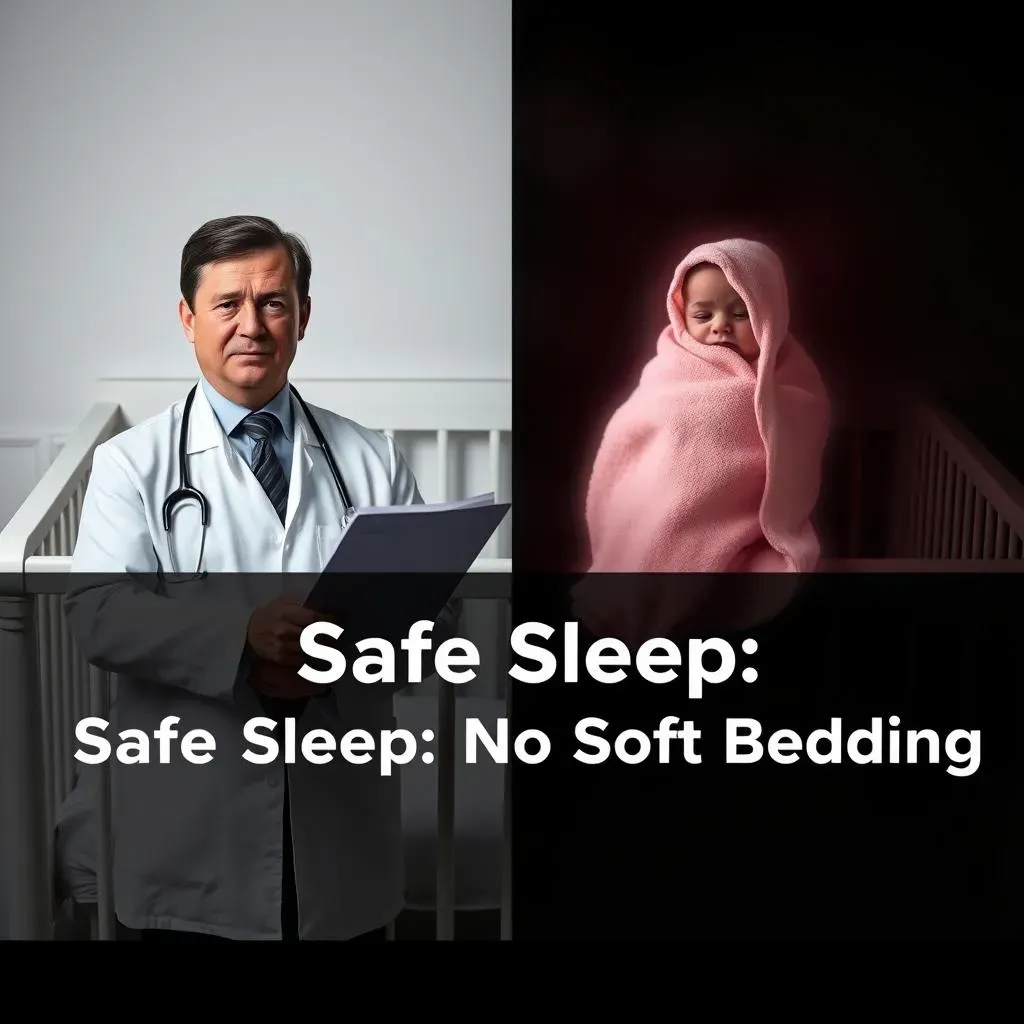
The Universal Recommendation: Avoid Soft Bedding
When it comes to expert opinions, the message is overwhelmingly clear: pediatricians and sleep specialists strongly advise against placing any soft bedding, including towels, in a baby's sleep environment. This isn't just a suggestion; it's a critical safety guideline based on years of research and data on SIDS and other sleep-related infant deaths. Organizations like the American Academy of Pediatrics (AAP) have made this recommendation a cornerstone of their safe sleep guidelines, emphasizing the importance of a firm, flat surface with only a fitted sheet.
These experts aren't trying to be killjoys or take away your baby's comfort; they're prioritizing safety above all else. They understand the temptation to create a cozy and inviting sleep space, but they also know the potential risks associated with soft bedding. They've seen firsthand the devastating consequences of ignoring these guidelines, and they're committed to educating parents and caregivers about safe sleep practices. Their recommendations are based on science, not personal preference, and they're constantly updated as new research emerges.
Addressing Parental Concerns: Why the "Cozy" Factor Is Risky
One of the main reasons parents consider using towels or other soft bedding is the desire to create a "cozy" and comforting sleep environment for their baby. They might believe that a soft surface will help their baby sleep better or feel more secure. However, pediatricians and sleep specialists emphasize that a baby's definition of "cozy" is very different from an adult's. Babies don't need or benefit from soft bedding; in fact, it can be actively harmful.
These experts also understand that parents are often sleep-deprived and desperate for solutions to help their babies sleep longer and more peacefully. They might be tempted to try anything that promises to improve their baby's sleep, even if it means deviating from safe sleep guidelines. However, pediatricians and sleep specialists stress that there are safer and more effective ways to address sleep issues, such as establishing a consistent bedtime routine, creating a dark and quiet sleep environment, and using swaddling or sleep sacks. They can provide personalized advice and support to help parents find solutions that work for their baby without compromising safety.
Expert Concern | Explanation |
|---|---|
Suffocation Risk | Soft bedding can obstruct a baby's airway, leading to suffocation. |
Re-breathing Risk | Towels can trap exhaled air, increasing carbon dioxide levels. |
Overheating Risk | Soft bedding can trap heat, increasing the risk of overheating. |
Entrapment Risk | Babies can become entangled in loose bedding, restricting their movement. |
The Importance of Evidence-Based Practices
Pediatricians and sleep specialists base their recommendations on evidence-based practices, meaning that they rely on scientific research and data to guide their advice. They don't simply offer opinions based on personal beliefs or anecdotal experiences; they carefully evaluate the available evidence to determine what is safest and most effective for babies. This commitment to evidence-based practices is what sets them apart from well-meaning but potentially misinformed sources, such as online forums or social media groups.
Therefore, when you're seeking advice about your baby's sleep, it's crucial to consult with qualified healthcare professionals who can provide evidence-based recommendations tailored to your baby's specific needs. Don't rely on anecdotal evidence or unverified claims; instead, trust the expertise of pediatricians and sleep specialists who are dedicated to promoting safe and healthy sleep for all babies. They're the best resource for navigating the often-confusing world of infant sleep and ensuring that your baby is sleeping in the safest possible environment.
Troubleshooting Baby Sleep Issues: Beyond Towels, What Else Can Help Your Baby Sleep Better?
Troubleshooting Baby Sleep Issues: Beyond Towels, What Else Can Help Your Baby Sleep Better?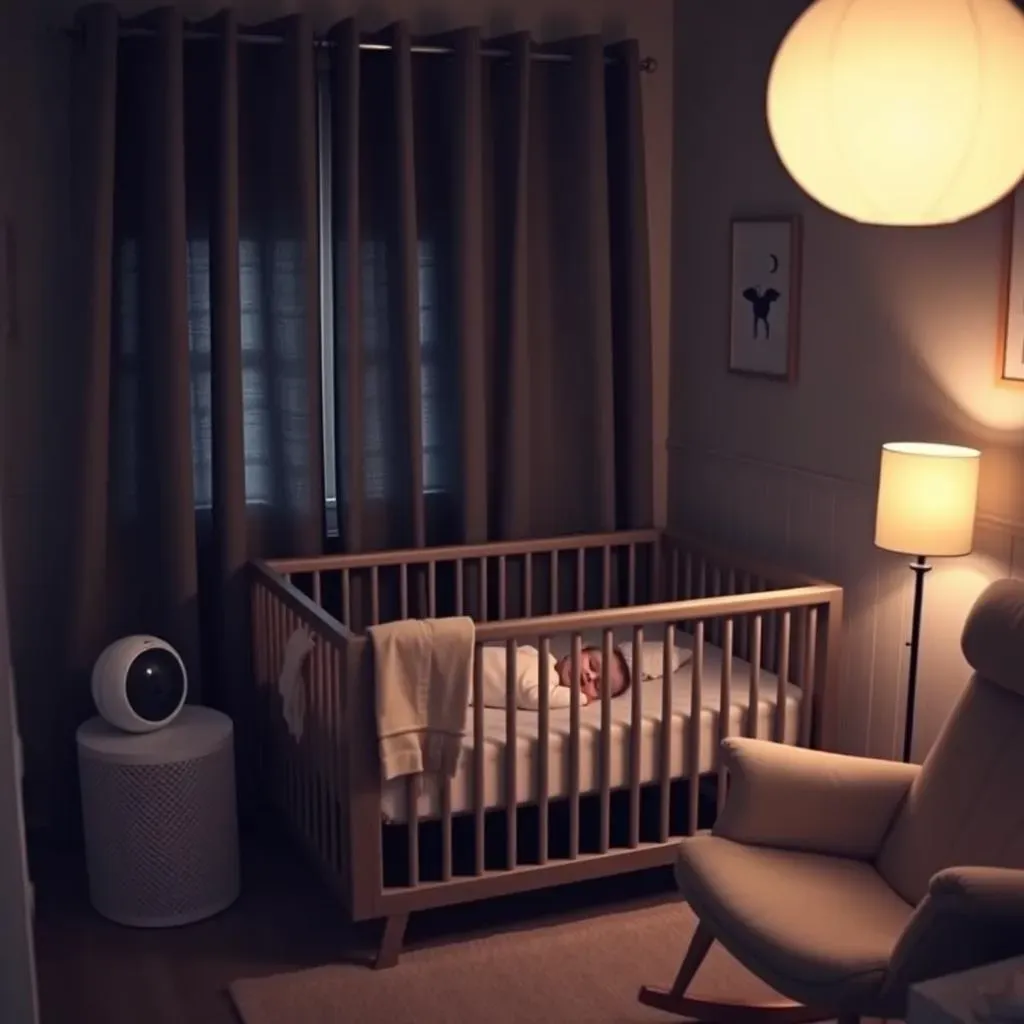
Establishing a Consistent Bedtime Routine
so towels are out. But what *can* you do when your little one is fighting sleep like it's the enemy? The first thing I always recommend is establishing a consistent bedtime routine. Babies thrive on predictability, and a calming routine signals to their little bodies that it's time to wind down. This doesn't have to be elaborate; it could be as simple as a warm bath, a gentle massage, reading a story, and singing a lullaby. The key is to do the same things in the same order every night, so your baby starts to associate these activities with sleep. It also helps to start the routine around the same time each evening, even on weekends.
Consistency is key here. It might take a few weeks for your baby to fully adjust to the new routine, but stick with it. Avoid screens (TV, tablets, phones) for at least an hour before bedtime, as the blue light can interfere with melatonin production, making it harder for your baby to fall asleep. Instead, opt for dim lighting and quiet activities. And remember, a calm and relaxed parent equals a calm and relaxed baby. So, take a deep breath, put on some relaxing music, and create a peaceful atmosphere for both you and your little one.
Routine Element | Example Activity | Purpose |
|---|---|---|
Bath Time | Warm bath with gentle soap | Relaxes muscles and promotes calmness |
Massage | Gentle massage with baby lotion | Soothes and relaxes baby |
Story Time | Reading a short, calming story | Provides auditory stimulation and promotes relaxation |
Lullaby | Singing a soft lullaby | Creates a sense of security and comfort |
Creating an Ideal Sleep Environment
Beyond a consistent routine, the sleep environment itself plays a huge role in how well your baby sleeps. Think about it: would *you* want to sleep in a room that's too hot, too cold, too bright, or too noisy? Probably not. The ideal sleep environment for a baby is dark, quiet, and cool. Darkness helps to stimulate melatonin production, which is essential for sleep. Use blackout curtains or shades to block out any light from outside. A white noise machine or fan can help to mask any distracting sounds, like traffic or household noises. And the temperature should be comfortable, but not too warm; around 68-72 degrees Fahrenheit is ideal.
Also, consider the location of your baby's crib or bassinet. It should be in a safe and quiet area of your home, away from any potential hazards or distractions. Avoid placing the crib near windows or heaters, and make sure there are no loose cords or strings that your baby could reach. And finally, remember that a clutter-free sleep environment is a safer sleep environment. Keep the crib free of toys, blankets, pillows, and bumpers. The simpler, the better.
Ensuring Safe and Sound Sleep for Your Baby
Ultimately, the decision of whether or not a baby can sleep on a towel comes down to safety. While some parents find temporary solutions using rolled towels for support or elevation, the potential risks often outweigh the perceived benefits. Prioritizing a safe sleep environment – a firm, flat mattress in a crib, free from loose bedding, pillows, and soft toys – is always the best approach. When in doubt, consult with your pediatrician or a certified sleep consultant. Their personalized guidance can help you address your baby's specific sleep challenges while ensuring their safety and well-being, leading to peaceful nights for both you and your little one.
